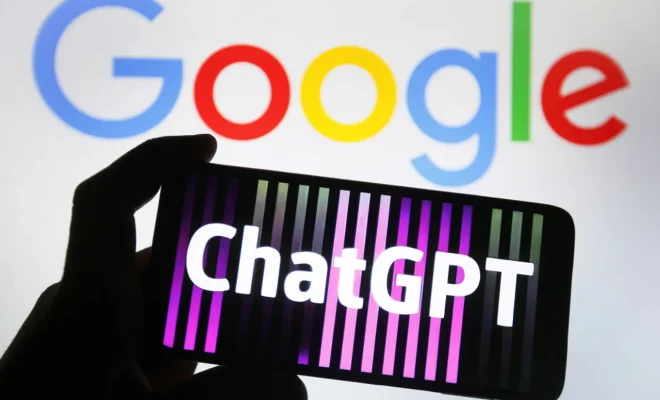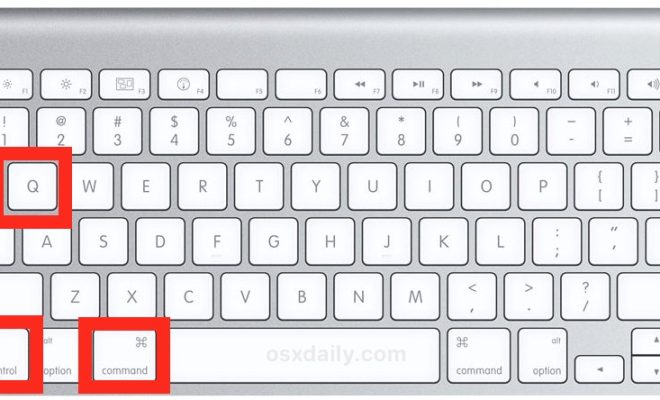YouTube Cracks Down on Cancer Treatment Misinformation

Introduction:
In a recent move aimed at promoting more accurate and health-conscious content on its platform, YouTube has initiated efforts to crack down on cancer treatment misinformation. The popular video-sharing platform has come under fire in recent years for the proliferation of misleading and potentially harmful information that can confuse patients seeking reliable guidance regarding their medical care.
Cancer Misinformation Proliferation:
As with any subject, misinformation about cancer treatments can spread quickly and easily, especially on social platforms like YouTube. False claims, promises of miracle cures, and poorly researched treatment suggestions often find their way into vulnerable individuals’ hands. These misleading narratives not only put patients at risk but also create greater challenges for medical professionals attempting to provide evidence-based care.
YouTube’s Efforts in Battling Misinformation:
Recognizing the dire consequences of such misinformation, YouTube has recently stepped up its efforts to tackle this issue head-on. The platform intends to update its policies to make it more difficult for creators to promote potentially harmful content.
Some of the measures YouTube is implementing include:
1. Strict implementation of its Community Guidelines: By actively reviewing and enforcing the compliance of uploaded videos with their guidelines, especially in matters concerning medical advice.
2. Promoting quality content: YouTube will promote channels that provide accurate and reliable information about cancer treatments through its algorithm, thus increasing their visibility to users searching for guidance on the topic.
3. Flagging and removal of misleading content: Users and members will be encouraged to report questionable or harmful videos. Subsequently, flagged videos will be analyzed by a team of experts before taking necessary action such as removal or penalization.
4. Collaboration with health experts: To ensure that accurate information is spread on the platform, YouTube is working closely with international health organizations such as the World Health Organization (WHO) and renowned health professionals from various fields.
Potential Challenges:
Despite YouTube’s efforts, combating cancer treatment misinformation is no easy task. Within the vast and continuously growing content on the platform, it remains challenging to identify and remove misleading materials without hindering freedom of speech and censoring genuine discussions around alternative treatments. Additionally, misinformation may be considered subjective in certain instances, leading to disagreements on a video’s removal.
Conclusion:
While YouTube’s initiative to fight against cancer treatment misinformation is an essential and laudable step, it remains an ongoing struggle. Through continuous efforts to promote reliable information, fostering positive collaboration with health experts, and encouraging user responsibility, the platform hopes to provide a safer environment for individuals searching for critical guidance on cancer treatments. Only time will tell whether these measures prove to be effective in the overall battle against misinformation in the realm of healthcare.






